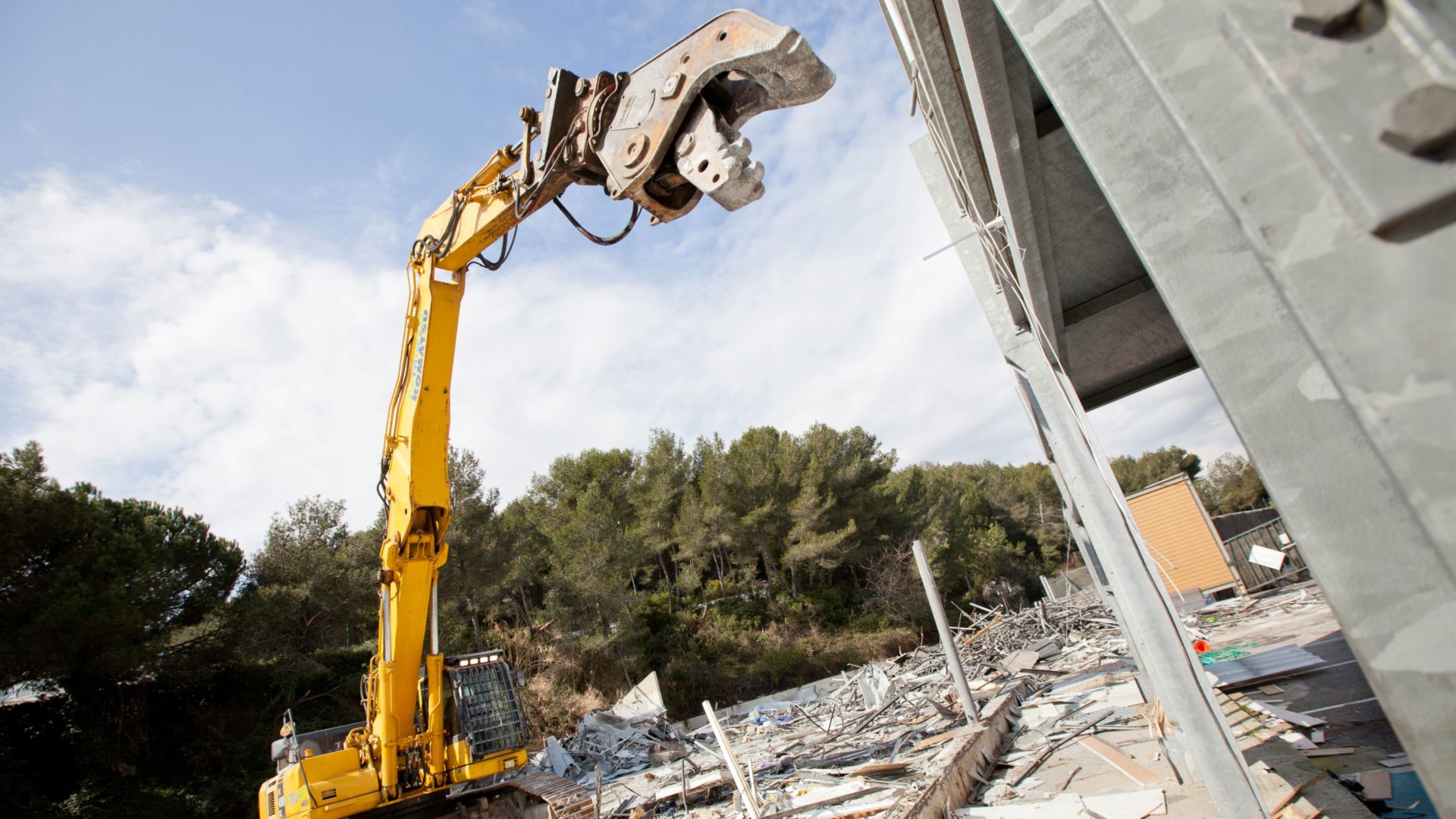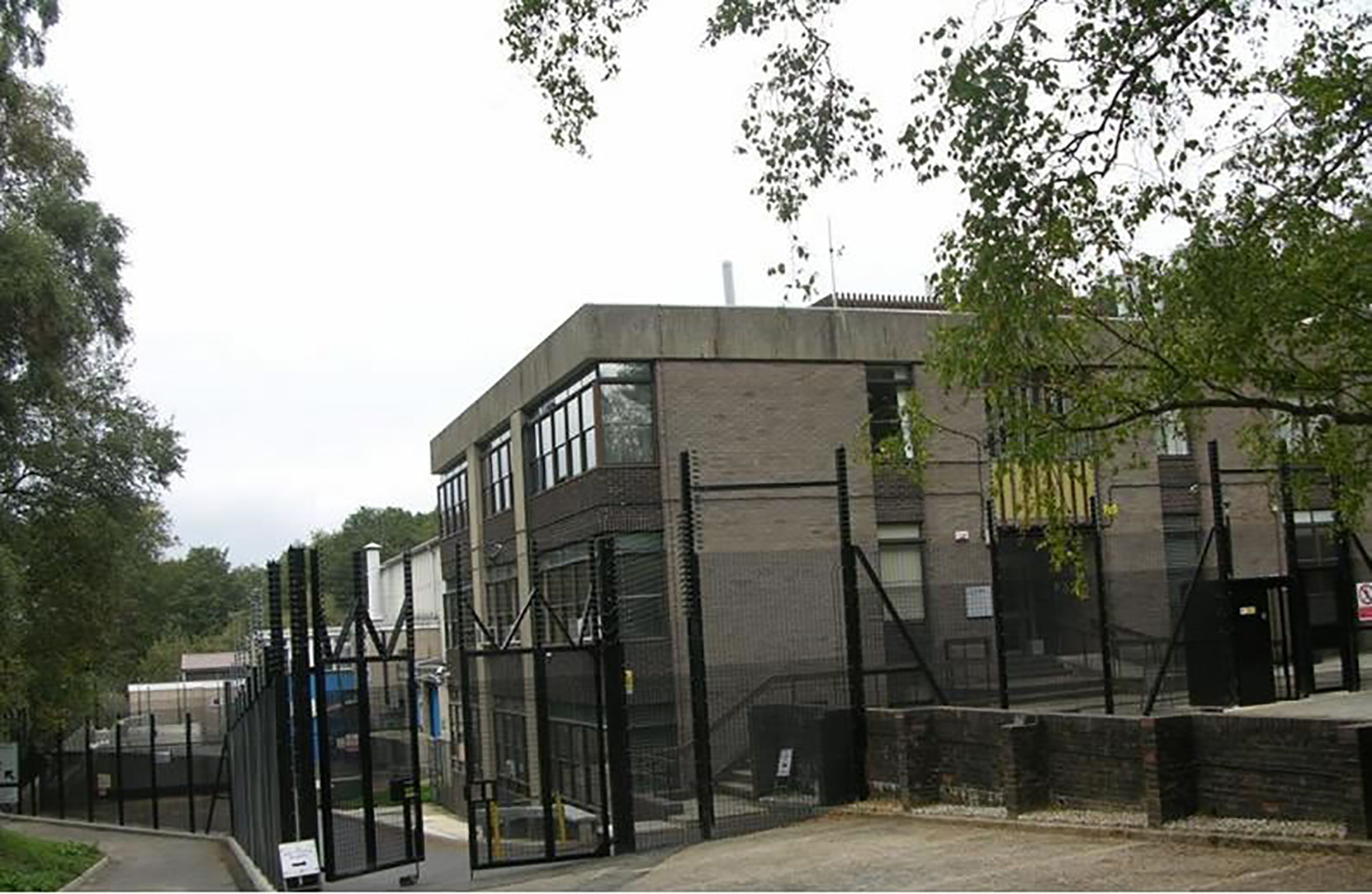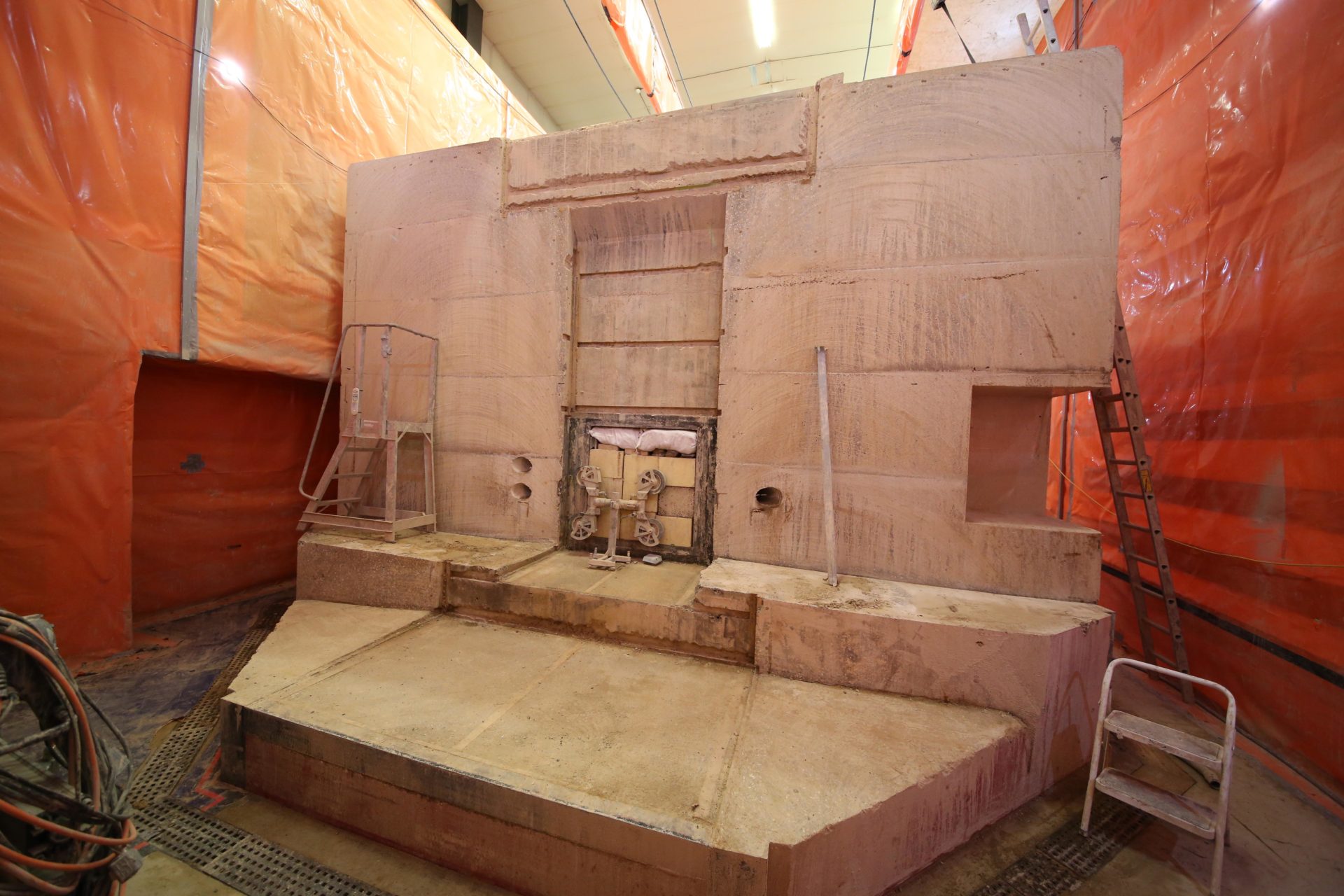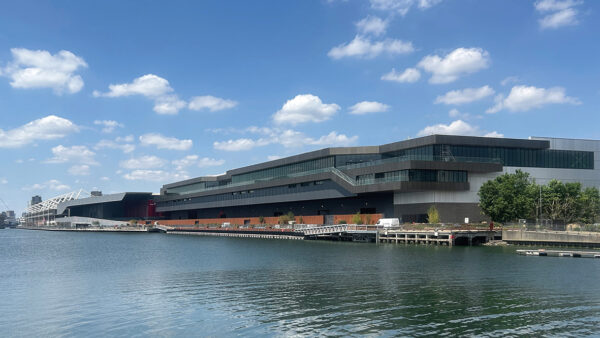
It took 10 years for Veolia and Imperial College London to complete the decommissioning of the first civil nuclear site in the UK.
The Reactor Centre at Imperial’s Silwood Park eco-campus in Ascot housed the UK’s last civilian nuclear reactor for almost 50 years until it closed in 2012.
The long and complex project required demolition of the reactor, safely managing hazardous materials, and restoring the site to its original state to make it safe for public use.

A complex project
Veolia’s specialist decommissioning team, KDC, supported Imperial in planning the complex project, which included the cutting operations to reduce the reactor concrete shielding, removal and demolition of the facility.
The operation required the design and use of new equipment to safely deconstruct the facility.
Imperial and Veolia KDC specialists used a custom-built extended reach tooling assisted by a submersible camera to operate 3.5m below the waterline to release the reactor’s submerged core support structure.

Once the reactor circuit pipelines were removed to release the support structure, the stainless steel elements were carefully handled to maintain radiation readings below the minimum safety level.
The structure was then transferred from the reactor vessel into a concrete shielding block handling cell, where it was dismantled.
Removal of the biological shield
Other operations to support the project included construction of a ventilated enclosure around the area to allow the removal of the reactor block, which formed the biological shield for the core.
A biological shield is a wall that absorbs neutrons emitted from the reactor to protect against external radiation exposure. The shield is made from an absorbing material that reduces radiation to a safe level for humans.

Veolia’s CAT B-trained operatives removed the asbestos floor tiles, cement sheeting, asbestos gaskets, ACM fire doors and textured coatings.
Demolition was completed after the removal of the reactor infrastructure. Waste materials were sent away for further specialist processing and treatment and the site’s land was restored.
The Office for Nuclear Regulation has now ended the requirement for regulatory controls on the site.











